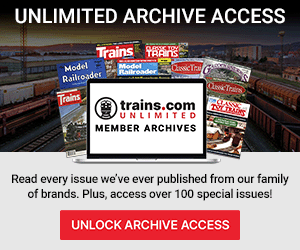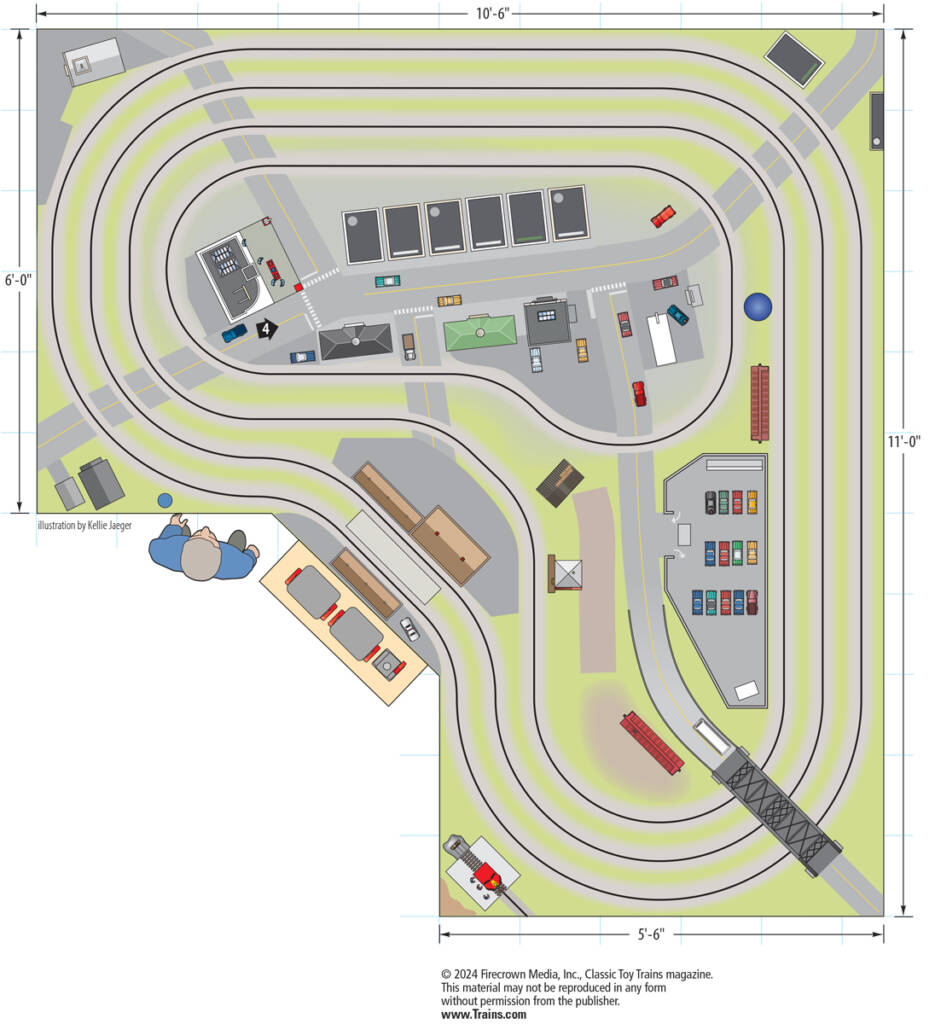
Name: Tom Kaiser’s O gauge layoutDimensions: 10½ x 11 feetTrack: Lionel FasTrack (diameters range from 31 to 60 inches)Motive power:Atlas O, K-Line, Lionel, MTH Electric Trains, Ready Made Trains, WilliamsRolling stock: K-Line, Lionel, Menards, MTH, Ready Made Trains, WilliamsControls: MRC transformers (2)Accessories: K-Line, Lionel, MarxStructures: Bachmann, K-Line, Lionel, MTH, Plasticville U.S.A., scratchbuiltVehicles: American Heritage Models, […]
Read More…
Classic Toy Trains Magazine reserves the right to change the number of issues in an annual term, including discontinuing any format and substituting and/or modifying the manner in which the subscription is distributed. […]
Read More…
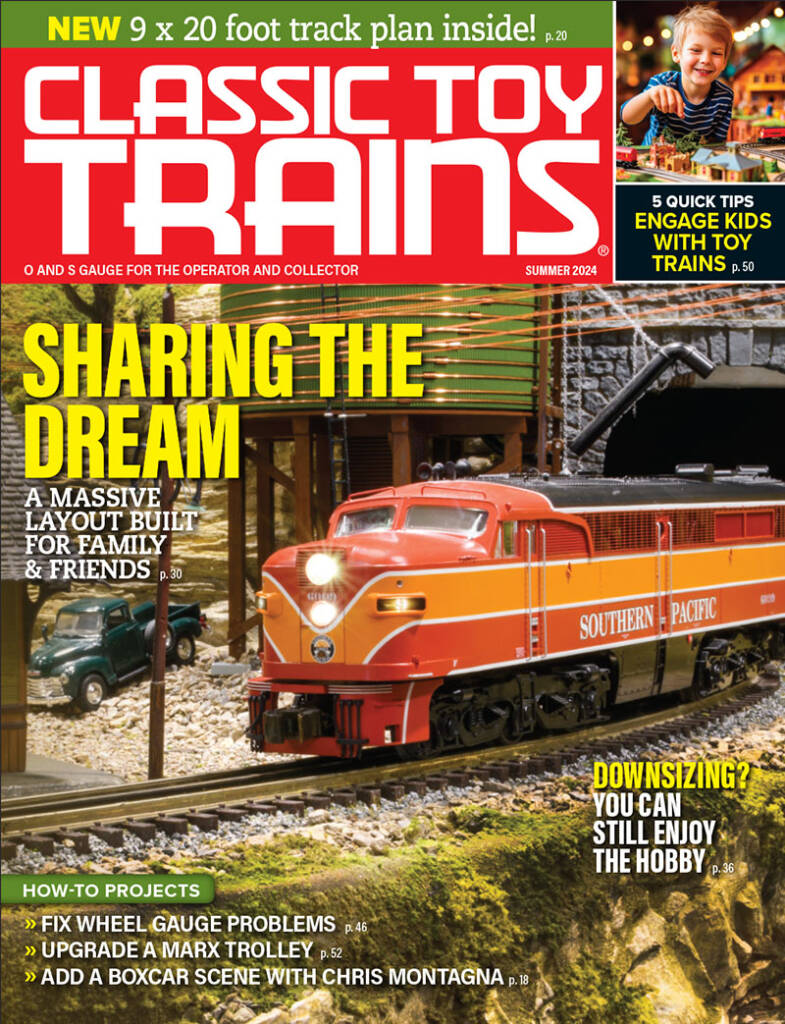
Also in this issue: EDITOR’S DESK, pg. 4 YOUR LETTERS, pg. 6 YOUR PHOTOS, pg. 8 NEWS & REVIEWS, pg. 12 COLLECTIBLE CLASSICS, pg. 17 QUESTIONS AND ANSWERS, pg. 58 AD INDEX, pg. 63 TIPS & TRICKS, pg. 66 […]
Read More…
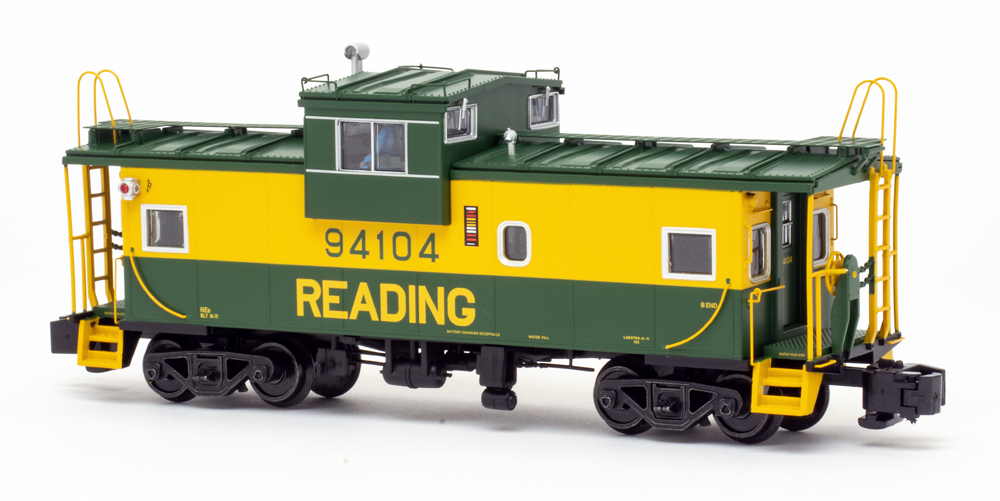
An International Car Co. (ICC) wide-cupola caboose is the latest model to join the ScaleTrains S-Helper Service product range. The S gauge model has an injection-molded plastic body and features wire handrails and grab irons, factory-installed and painted crew figures, and illuminated light-emitting-diode marker lights. Prototype history The sample we received is decorated as Reading […]
Read More…
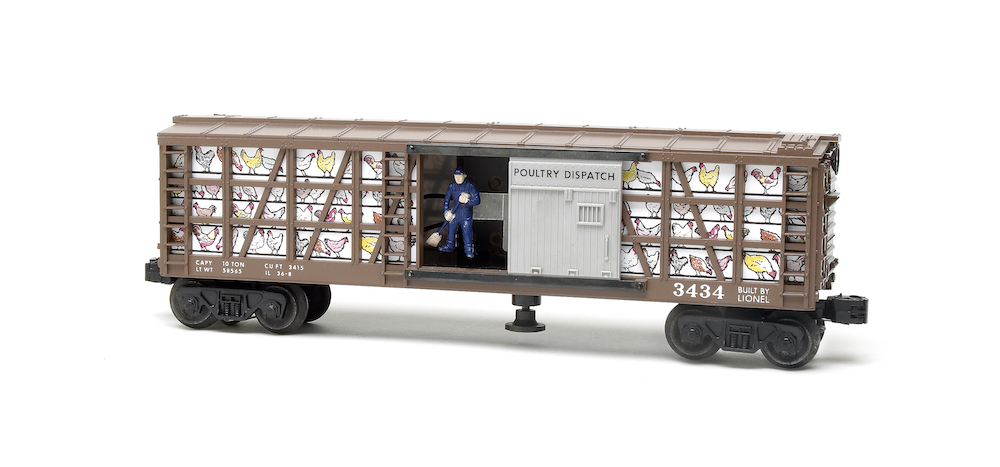
I have two modern Lionel operating cars based on the postwar No. 3434 Poultry Dispatch Car. One, the No. 29825 Postwar Celebration version of the 3434, has the figure suspended on the operating arm between two springs. On the other, a No. 16739 Looney Tunes Foghorn Leghorn Poultry Car, the operating arm appears to have […]
Read More…
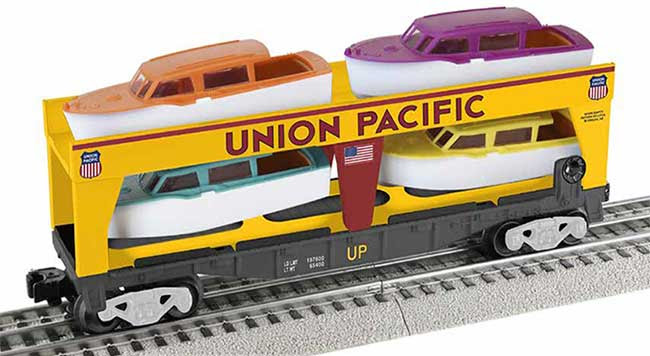
Locomotives & rolling stock The Lionel Collectors Club of America (LCCA) is selling a custom-run Lionel LCCA 2024 Omaha Convention Union Pacific Boat Loader (2401230). The car is 10 ½” long and operates on O-27 curves. Price: $95. Limit one car per member. To learn more visit lionelcollectors.org or call the business office at 815-223-0115. […]
Read More…
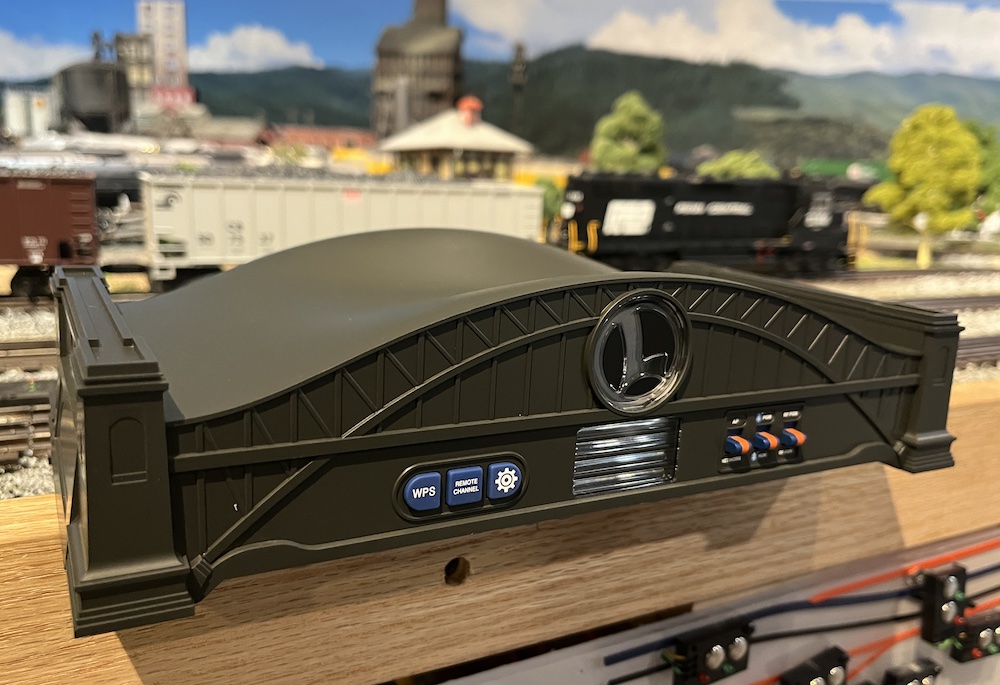
It’s hard to remember exactly when the Base3 was announced by Lionel. It seemed that the announcement was overshadowed by the simultaneous announcement that the Legacy Base and Cab-2 remote were being discontinued. Regardless, the latest edition to the digital world of model railroading finally arrived on hobby shop shelves in July 2024. Inside the […]
Read More…
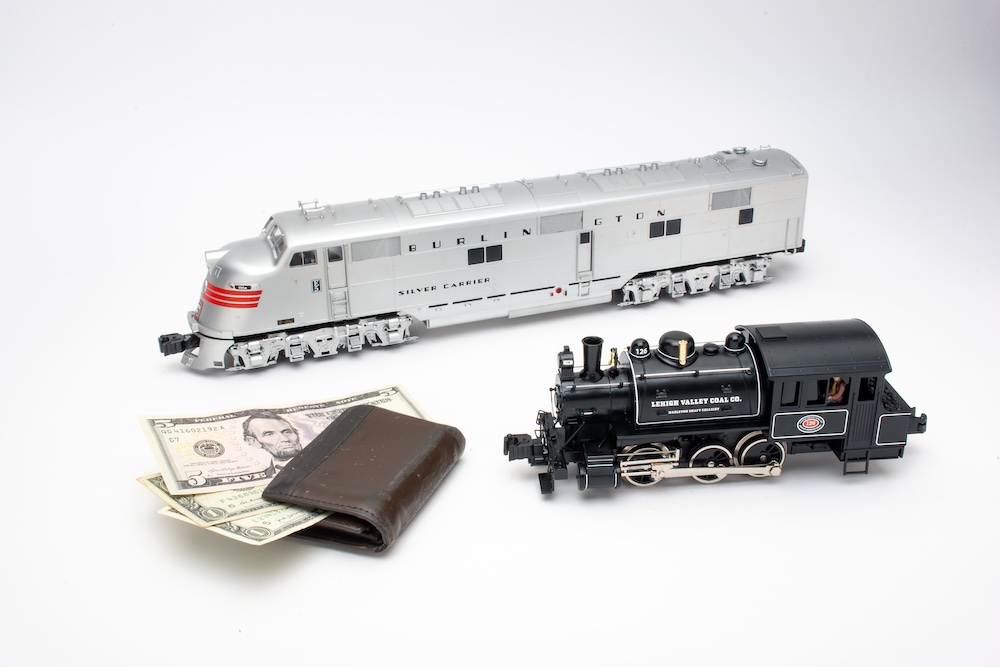
I’ll admit in preaching to the choir that O-gauge model railroading can be an expensive endeavor. Newer, higher-end scaled products that can be either preorders or recent releases can cost many hundreds to thousands of dollars. My time at the Milwaukee Lionel Railroad Club (MLRRC) in New Berlin, Wis., has garnered friendships with fellow members […]
Read More…
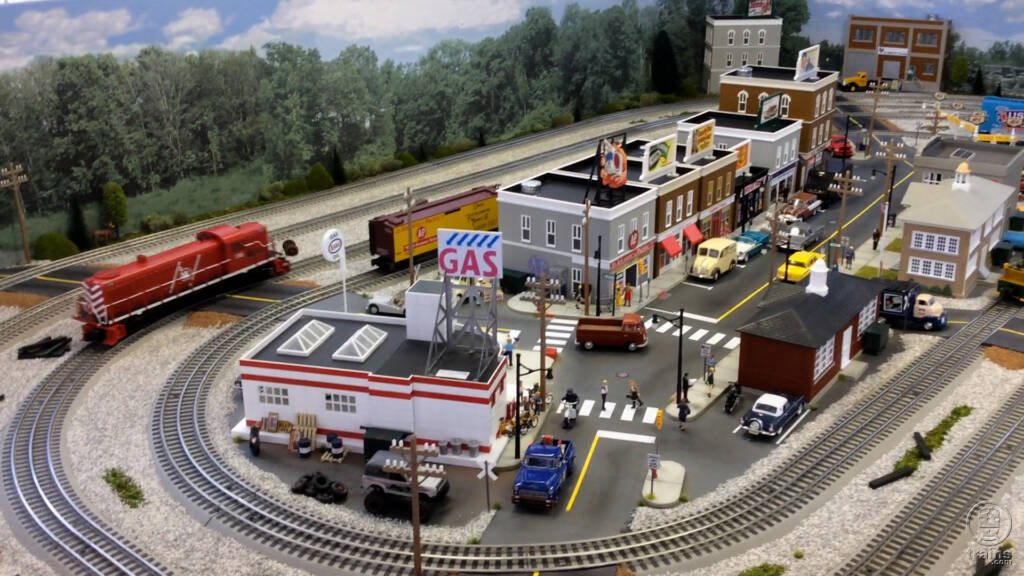
Name: Tom Kaiser’s O gauge layout Dimensions: 10½ x 11 feet Track: Lionel FasTrack (diameters range from 31 to 60 inches) Motive power: Atlas O, K-Line, Lionel, MTH, Ready Made Trains, Williams Rolling stock: K-Line, Lionel, Menards, MTH, Ready Made Trains, Williams Controls: MRC transformers (2) Accessories: K-Line, Lionel, Marx Structures: Bachmann, K-Line, Lionel, MTH, Plasticville U.S.A., scratchbuilt See more in the […]
Read More…

Name: Art Volz’s O-27 gauge layout Dimensions: 10 x 20 feet Track and switches: Lionel (diameters range from 27 to 31 inches) Motive power: Lionel (postwar, modern) Rolling stock: Lionel (postwar, modern), Menards Controls: Lionel Nos.1033, 1034, type-ZW transformers Accessories: Lionel, MTH Structures: Atlas O, Lionel, Menards, MTH, scratchbuilt, Woodland Scenics See more in the Fall 2024 issue of Classic Toy Trains! See Art’s track […]
Read More…
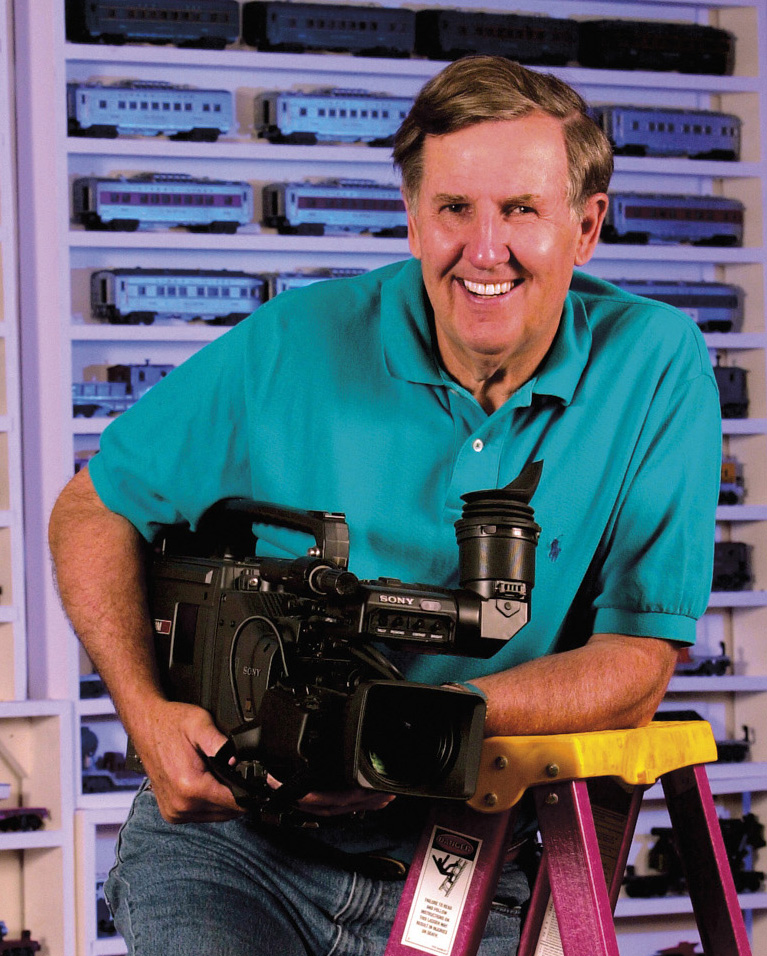
In memoriam: Tom McComas, one of the most influential shapers of the contemporary toy train hobby, died in Michigan City, Ind., on Aug. 8, 2024, at the age of 86. He left an indelible mark on the hobby, starting as an author in the 1980s and then proceeding to write and produce a vast number […]
Read More…









